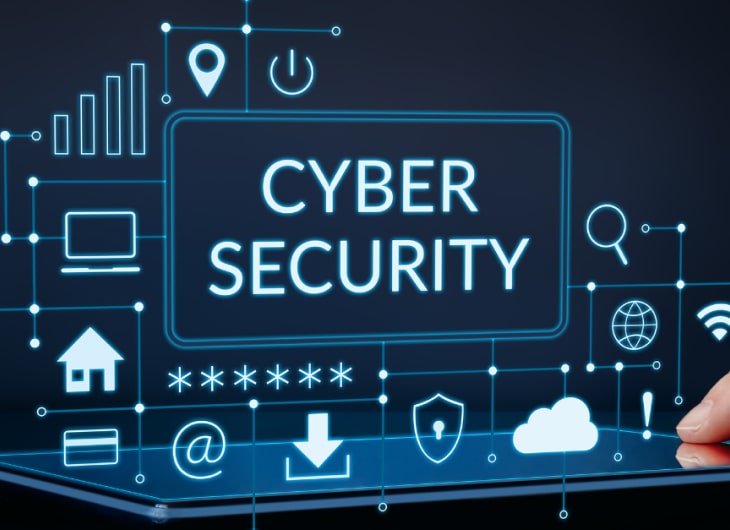Cybersecurity is a critical aspect of software development in today's digital age. As technology advances, so do the threats and vulnerabilities that can compromise sensitive data and systems. Building secure software is no longer an option; it's a necessity. In this comprehensive guide, we will delve into the world of cybersecurity in software development, exploring key principles, best practices, and strategies to ensure robust security throughout the development lifecycle.
Understanding the Importance of Cybersecurity in Software Development
Cybersecurity in software development involves implementing measures to protect software applications and systems from cyber threats, unauthorized access, data breaches, and other malicious activities. It encompasses both the process of developing secure software and safeguarding the software against potential cyber-attacks once deployed.
The significance of cybersecurity in software development can't be overstated. Security breaches can lead to severe consequences, including financial losses, damaged reputation, legal implications, and compromised user trust. Hence, integrating robust security measures from the inception of the development process is essential to mitigate risks and build resilient applications.
Key Principles of Cybersecurity in Software Development
- Security by Design: Incorporate security into the software design phase, making it an integral part of the development process. Identify potential security risks and plan appropriate countermeasures accordingly.
- Data Encryption: Implement strong encryption algorithms to protect sensitive data at rest and in transit. Encryption ensures that even if unauthorized access occurs, the data remains unreadable and unusable.
- Access Control: Enforce strict access controls to limit user privileges and restrict access to critical system components and sensitive data. Apply the principle of least privilege, allowing users to access only what is necessary for their roles.
- Regular Security Testing: Conduct thorough security testing, including penetration testing and vulnerability assessments, to identify and remediate vulnerabilities before deployment. Regular testing helps in identifying evolving threats and weaknesses.
- Secure Coding Practices: Train developers in secure coding practices to minimize vulnerabilities in the codebase. Emphasize concepts like input validation, secure error handling, and secure authentication to prevent common security issues.
Best Practices for Cybersecurity in Software Development
- Secure Development Lifecycle (SDLC): Implement a secure SDLC, integrating security at every stage, from requirements gathering to deployment. This approach ensures that security is not an afterthought but an inherent part of the development process.
- Regular Security Updates: Stay informed about the latest security threats and updates related to the technologies and frameworks used in your software. Regularly update libraries, dependencies, and components to address any known vulnerabilities.
- Secure APIs: If your software uses APIs (Application Programming Interfaces), ensure that API endpoints are secured. Use proper authentication, authorization mechanisms, and rate limiting to prevent abuse.
- Incident Response Plan: Develop a comprehensive incident response plan to handle security incidents effectively. This plan should outline steps to identify, contain, eradicate, and recover from security breaches.
- User Education: Educate users about safe practices, such as creating strong passwords, being cautious with email attachments and links, and regularly updating their devices and software. Informed users are less likely to fall victim to social engineering attacks.
Conclusion
Cybersecurity in software development is not an add-on but a fundamental aspect of creating robust and trustworthy applications. Embracing a proactive approach to security, understanding key principles, and implementing best practices throughout the development lifecycle are crucial steps towards mitigating risks and ensuring the safety of digital assets. As the threat landscape continues to evolve, staying vigilant and continuously adapting security measures will be paramount in safeguarding software and the data it manages.
